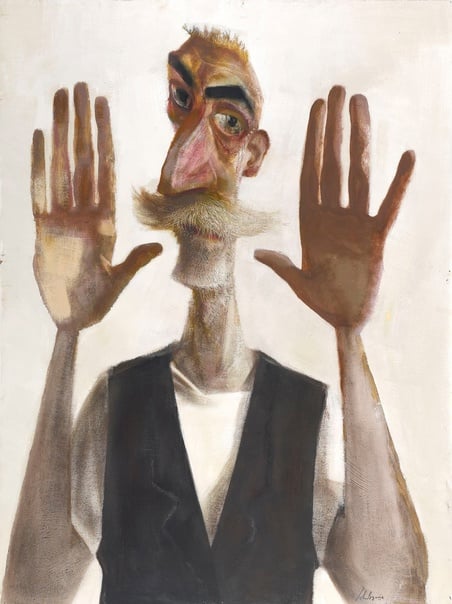In a rudimentary experiment, five practiced lucid dreamers (including two of the researchers) were able to control the movements of a virtual avatar from their dream state in reaction to LED triggers shone through their closed eyes.
In the thick of rapid eye movement sleep (REM), participants maintained control over a virtual cybertruck, using muscle contractions in their limbs to intentionally avoid obstacles represented by bright flashes of light.
Though the participants didn’t actually dream they were driving, the basic concept of responding to cues while otherwise asleep could lead to new ways of bridging the space between dream-states and the waking world.
In REM sleep, most muscles are largely paralyzed, but during lucid dreams, micro-contractions can still be made. The California neurotechnology startup REMspace developed special equipment that can detect tiny twitches of leg and arm muscles during sleep.



Same for me. I started practicing it a while ago, but whenever I woke up I felt like I didn’t sleep at all